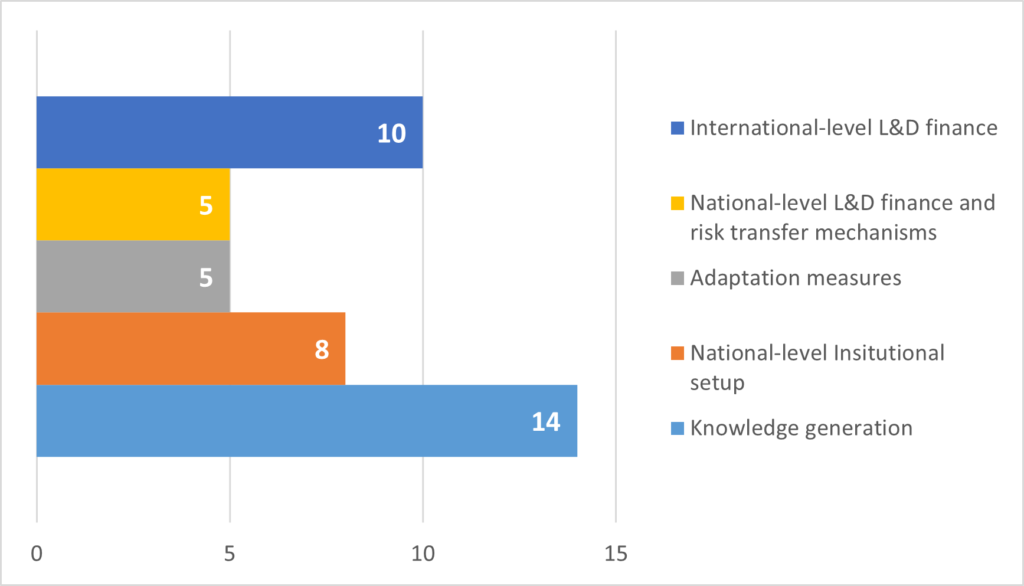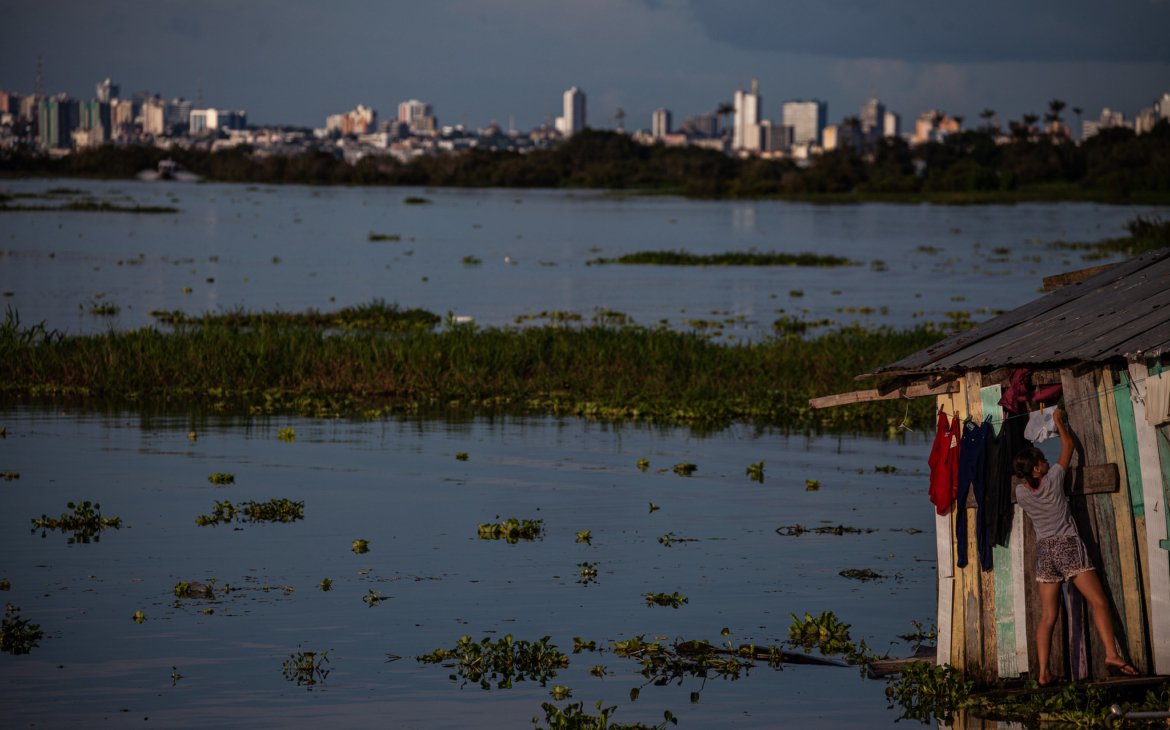In the run up to COP26 all countries are expected to update their Nationally Determined Contributions (NDCs), the ‘climate plans’ that outline how countries will reduce emissions and adapt to the impacts of climate change. While NDCs are usually regarded as ‘technical documents’, they also play a political role in signalling issues or topics that are particularly important for a country. As such, analysing NDCs can provide useful insights about the way countries frame certain issues, which topics they think should be priorities, and which topics are downplayed or overlooked.
We analysed a total of 250 NDCs -both latest and archived versions- to map how countries have referred to loss and damage in these documents. We find that an increasing number of countries are including loss and damage considerations and responses in their latest NDCs, and thus sending a strong signal about the need to address loss and damage to fulfil the Paris Agreement’s goals. These findings can be found in our latest Policy Brief, but key messages from this analysis include:
- One third of the latest NDCs mention loss and damage explicitly;
- 54% of NDCs mentioning loss and damage have been put forward by Small Island Developing States (SIDS) and Least Developed Countries (LDCs);
- Asia Pacific and Latin America and the Caribbean are the most represented regions across the NDCs that mention loss and damage (38% and 40% respectively);
- The process of updating the NDCs shows that loss and damage is becoming an important issue for an increasing number of countries, including those classified as upper-income;
- The vast majority of NDCs which mention loss and damage refer to physical and economic loss and damage, but the latest submissions point to a growing focus on non-economic losses (NELS);
- Of NDCs that mention loss and damage explicitly, 52% discuss specific loss and damage-related responses and initiatives, including those focused on knowledge generation, policy programmes and institutional arrangements. At the same time, they identify international finance as key to supporting countries in meeting their targets on loss and damage (see chart below).

Our findings are significant as the Paris Agreement’s Rulebook does not require countries to include loss and damage-related information in their NDCs, so any reference to the issue is completely voluntary. This means that countries are increasingly using their NDCs to signal the importance of loss and damage in their national context, and to highlight the specific solutions their putting forward to address loss and damage as well as their needs. As loss and damage is expected to be a headline issue at COP26, our analysis importantly shows the salience that loss and damage is gaining across a wider set of vulnerable countries beyond SIDS and calls for this to be reflected in the negotiating process.






